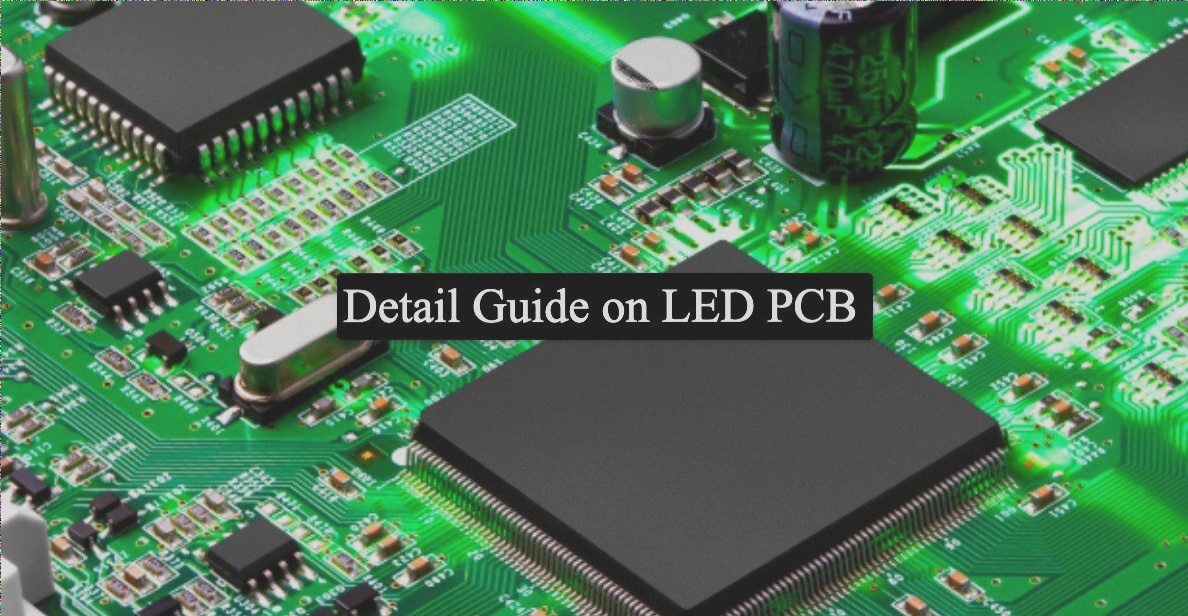PCB Surface Treatment: Enhancing Solderability and Electrical Properties
As human demands for a better living environment continue to rise, environmental concerns surrounding PCB production have come into focus. Lead and bromine have become hot topics, driving the industry towards lead-free and halogen-free alternatives. While changes in PCB surface treatment technology may seem gradual, they are paving the way for significant transformations in the future.
Purpose of Surface Treatment
The primary goal of surface treatment is to ensure optimal solderability and electrical properties. Natural copper tends to oxidize in the air, necessitating additional treatments. While strong flux can remove copper oxides during assembly, its residue poses challenges. Hence, various surface treatment processes are employed to address this issue.
Common PCB Surface Treatment Processes
- Hot Air Leveling: Also known as hot air solder leveling, this process coats the PCB surface with molten tin-lead solder, creating a protective layer that resists oxidation and promotes solderability. The solder and copper form an intermetallic compound, safeguarding the copper surface. Hot air leveling can be done vertically or horizontally, with the latter being preferred for its uniformity and automation capabilities.
- Organic Coating: Acting as a barrier between copper and air, organic coating is a cost-effective solution widely used in the industry. Newer molecules like benzimidazole chemically bond with copper, ensuring multiple lead-free soldering cycles. The process involves degreasing, micro-etching, pickling, organic coating application, and cleaning.
With the increasing emphasis on environmental protection, the PCB surface treatment landscape is poised for significant changes in the coming years. Stay tuned for more updates on the evolving trends in PCB surface treatment processes.


